Flying Solo in Active-Adult Communities
Singles spread their wings through group activities and other amenities that foster new friendships.
When Julie Johnston, 61, moved to Tellico Village in Loudon, TN, after retiring from the military, her goal was to get involved in the community and find other singles her age. So she attended a party with guests dressing in clothes from any decade from the ’40s to the ’70s.
“I spent less than an hour there,” she says. “Everybody was coupled. No one reached out.”
Julie’s next attempt was with the development’s Solo Club, made up of perfectly nice folks, but mostly older than her, including many widows and widowers.
“I found that initially, I didn’t know where I belonged,” says Julie, who is divorced.
So she tried one more tactic, creating another singles group called the Single Tellico Village Baby Boomers Club for younger singles.
It worked. “We started with about 30 people, now, we have about 50,” she happily reports. “Singles seem to come out of the woodwork.” The club hosts picnics, hikes, boat outings, golf games and parties for Christmas and New Year’s. Many friendships have been nurtured.
Julie has experience in pulling together singles. “When I was stationed in Germany, we had a group of ‘geographical bachelors’ and we became each other’s family,” says the former intelligence analyst. “That’s what I envisioned this group becoming.”
On the surface, singles flourish in active-adult developments for the same reasons couples do. “Active 55- plus communities appeal to single men and women. They like the lifestyle,” says Valerie Dolanga, spokesperson for Del Webb. “You are never alone. Your calendar can be as packed as you want it to be. You have neighbors who may be retired or semiretired but people are around. It’s almost like a college atmosphere.”
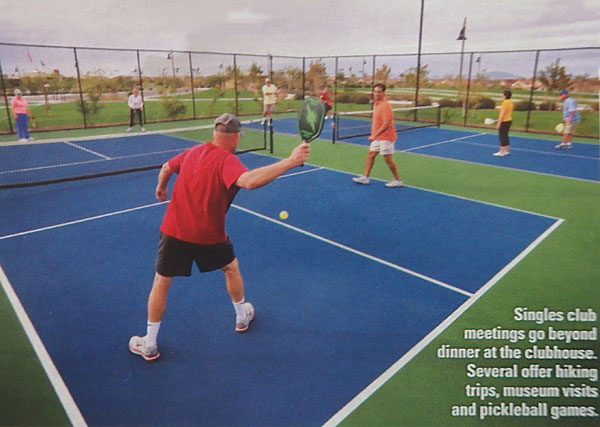
Singles select the clubs and activities that interest them from scores of options. Many pick up pickleball, perfect their tennis, go mountain biking, play golf, stretch with yoga and discuss literature at book clubs. But whether solos will feel comfortable in a neighborhood of couples’ bridge parties and husbands and wives strolling hand in hand depends upon their personality, gender and the community.
Who seems to thrive with almost no effort? Single extroverts, especially men. Who has to work harder at fitting in? Single women, especially introverts. Although active-adult developments offer the lifestyle, the locations and the products sought by singles, especially women, initially feel unanchored.
“It can feel like high school all over again, being somebody without a date at the high school dance,” says Dr. Debbie Then, a Palo Alto, CA, social psychologist specializing in women and relationships.
At first, Julie noted a subtle standoffishness from neighbors. “When I moved in, no one brought me casseroles. Only one neighbor – married – brought me over a bottle of wine, toilet paper and paper towels. She and I have become good friends,” Julie says.
She adds that almost all residents are on-the-surface friendly, smiling and saying “hello.”
“But only one couple has invited me over for cocktails,” she says. At the same time, she has invited several others to get-togethers at her house.
Master-planned developments, Julie feels, should be more sensitive to singles. “The biggest thing is to find a way for singles to be comfortable in a couples’ world,” she says. “Communities need to have a better idea of the needs of singles. When communities plan events, they should look at them from the single’s point of view.”
For example, at the first party Julie attended, “perhaps the community could have a table set up for singles, a place where you are not going to someone uncomfortable by sitting next to their husband,” she suggests.
Then cites two reasons that contribute to singles initially feeling alone in planned communities. “There are still a lot of women in married couples afraid that everyone is going after their husbands,” she says. “Also, people, as they get older, aren’t necessarily auditioning new friends. Making friendships is harder and harder as you get older.”
Singles Moving In
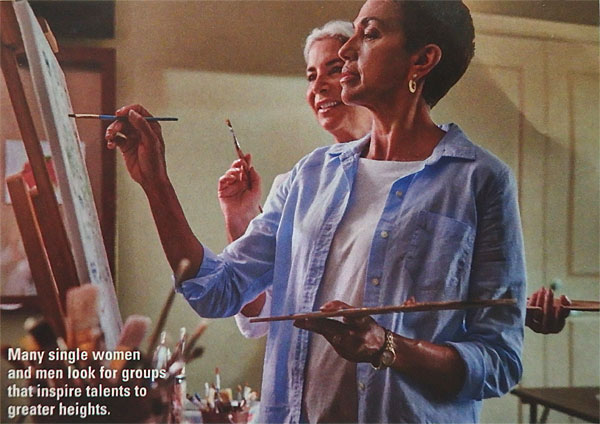
More single retirees, especially women, are relocating to planned communities. “The people in active 55-plus communities are not the same people as those who moved in 20 or 30 years ago.” Then says, “more people are single, more never married, more divorced. There are more single women. People now may retire earlier. There’s a greater surplus of women.”
From 2012 through 2014, the percentage of single female homebuyers steadily increased to one in five for Del Webb, a major builder of homes for preretirees and retirees. “In the last 10 years as the baby boomers age, we see more singles,” says Dolenga, who estimates that 5 in 20 percent of residents in Del Webb developments are single. “The larger Sun City properties would have higher percentages. The communities don’t necessarily track this. It could be that residents buy with a spouse and then became single through separation, divorce or the death of a partner.”
Lindsay Motley, a vice president in central Texas for sales and operations at PulteGroup Inc., the parent company for Del Webb, says the number of single female baby boomers is growing in the homebuyer market. “This is a group of women that is confident, financially savvy and ready to make long-term financial commitments,” she says. “With single boomers now numbering approximately 25 million, this growing population represents a tremendous opportunity for our Del Webb communities.”
Women want access to such amenities as social club, sports, fitness centers and engaging lifelong-learning classes, Motley says. Nearly three quarters – 74 percent – of single female boomers plan to stay in the same city or state when they retire. Much of Del Webb’s growth in the past 10 years has been near large metropolitan cities in cold-weather climates such as New England and the Midwest. Del Webb also has experienced growth in the coastal Carolinas.
Singles can find homes that match their financial and living space requirements. “We have smaller one-bedroom homes at 1,100 square feet that fit most budgets,” Dolenga says. “We see sisters buying together. They like the dual master suites. And the majority of Del Webb’s 50 communities in the United States have some sort of singles club, often called a Solo Club.”
Feeling Comfortable
Both single men and women seek companionship, not necessarily dates. “Single women want a community where they can do things together as friends,” then says, “It’s good for you emotionally and physically to do things socially, but so much in the and in society is focused on being married. It’s harder at 60 to go against the grain than at 30.”
Heading to a community without knowing a soul is daunting, says Patricia Jorstad, 65, a former attorney from Northfield, MN, who retired in January and whose long-term partner died recently. “I want to find a community where there are singles for friendships and activities. I am not thinking about cocktail parties and mixers, but a place I will feel comfortable. It feels like most of the active 55-plus communities are couple oriented. I am concerned about safety because I will be alone. I want a place where I can go out at night to a concert or a show.”
Former professional golfer Robin Walton, 60, also ranked safety high on her list. In 2012, she moved from Winston-Salem, NC, after retiring from coaching college golf, to Rio Verde, AZ. Since 2013, Robin has worked part time in Rio Verde’s real estate office.
As a single, I was concerned about personal safety,” Robin says. “Rio Verde is a very safe place. If you need help, your neighbors are close by and they will help you.”
Robin loves the community’s emphasis on golf and the nearby parks and national forests. Rio Verde is 30 miles northeast of Scottsdale and 40 miles northeast of Phoenix. “The big city is close, but you don’t have to live in it,” she says.
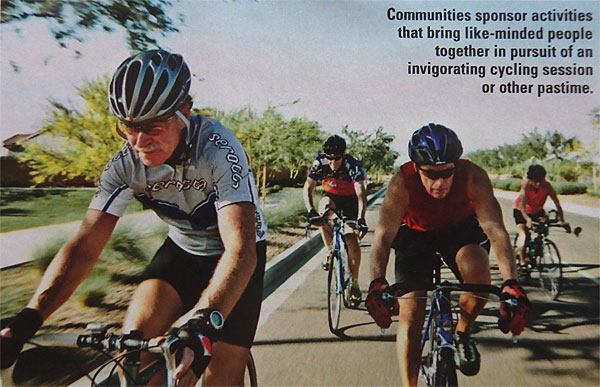
Robin has put effort into meeting people by joining mountain biking and hiking clubs and by taking part in yoga and water aerobics classes. The clubs have made it easier to get to know other residents.
Robin’s advice for singles: “Get out and do things. Join a class, sign up for bridge, go on hikes, find activities that you like. You even meet people walking the dog. I go out and walk my Westie several times a day and I see other people with their dogs and we stop and talk.”
Darrell Fraynd, 69, who is divorced, moved from Omaha, NE, to Del Webb’s Sun City Anthem at Merrill Ranch in Florence, AZ, in 2013. “I don’t even think about being single; I think about being active,” says the retired construction engineer.
Darrell hasn’t noticed any awkwardness toward him or other singles. “I belong to a wine club. The members are primarily married people, but I never felt unwelcome,” he says. That’s likely a mix of Darrell’s outgoing personality, the specific members in the group and the lubricating function of wine.
Stay Active and Volunteer
His advice to all planned community newcomers – married or single – is to be active. Darrell volunteers. He assists the activity director and is president of both the four-wheel drive club and the 80-plus member Anthem Solos club, whose primary purpose is companionship. “Every Wednesday we have a table at Anthem Grille if you want to eat with someone, “Darrell says. “Every Saturday we meet at the Grille for conversation, drinks, food. Once a month, we meet in the community center for a potluck dinner. Overall, there have been a few marriages in the singles club, but primarily the group is for friendship.”
The real take on being solo in a planned development: Singles must work harder than couples at making friends, especially single women. Single women who detect frost or indifference from residents at parties should know they’re not paranoid, odd or unlikable. The cold reception probably comes from the unawareness of the need to reach out to newcomers or longtime residents not shopping for new friend. Plus, a few married women are concerned about husband poaching. Some societal attitudes, however outdated, die hard.
Nonetheless, active-adult communities are ideal for many singles after they push through any initial awkwardness. Friendships happen. The good news is that savvy developers have discovered ways to tweak products to meet the single’s lifestyle. The boom in single women considering planned communities should spur communities to meet their needs more fully.
“There are a lot of women my age who are widows,” Patricia says. “A lot of my friends are in the same situation. I am not the only one in this boat.”
5 Tips for finding a Good Fit
Here is some guidance for singles in choosing an active-adult neighborhood:
- Try to ascertain the percentage of singles in the community, even though this may not be easy. Most 55-plus developments do not compile such information. Some gather these facts when residents move in, but that figure may not be accurate since a resident’s status may change due to death or divorce.
- Find out what activities the community offers for singles. Does the clubhouse restaurant or bar have a community table for singles? Does it have well-advertised, special activities? At group events, is a table designated for singles? Does the community have a singles or solos club? What is the typical age of its members? Some clubs grow out of grief support groups for residents and, therefore, may have older members. Other clubs may target younger members. If the existing activities or clubs do not meet your needs, think about starting a club that does.
- Look for friendships outside the community. Join groups and attend activities in the city. Consider programs at houses of worship and the town’s neighborhood centers. If you city has a university, sign up for continuing-education classes, often taught through an Osher Lifelong Learning Institute.
- Get comfortable doing things alone. Don’t be afraid to do this. It’s easier than you may think.
- Rent before you purchase. After you have identified a 55-plus development that may be a good fit, test it by renting a place for a month or more to be certain you feel comfortable.

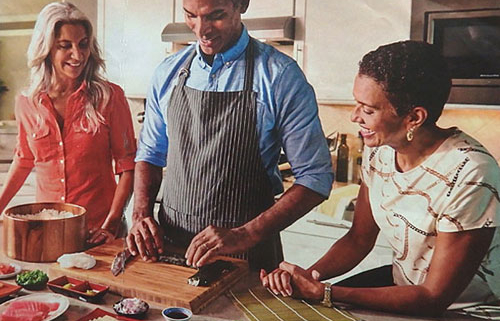
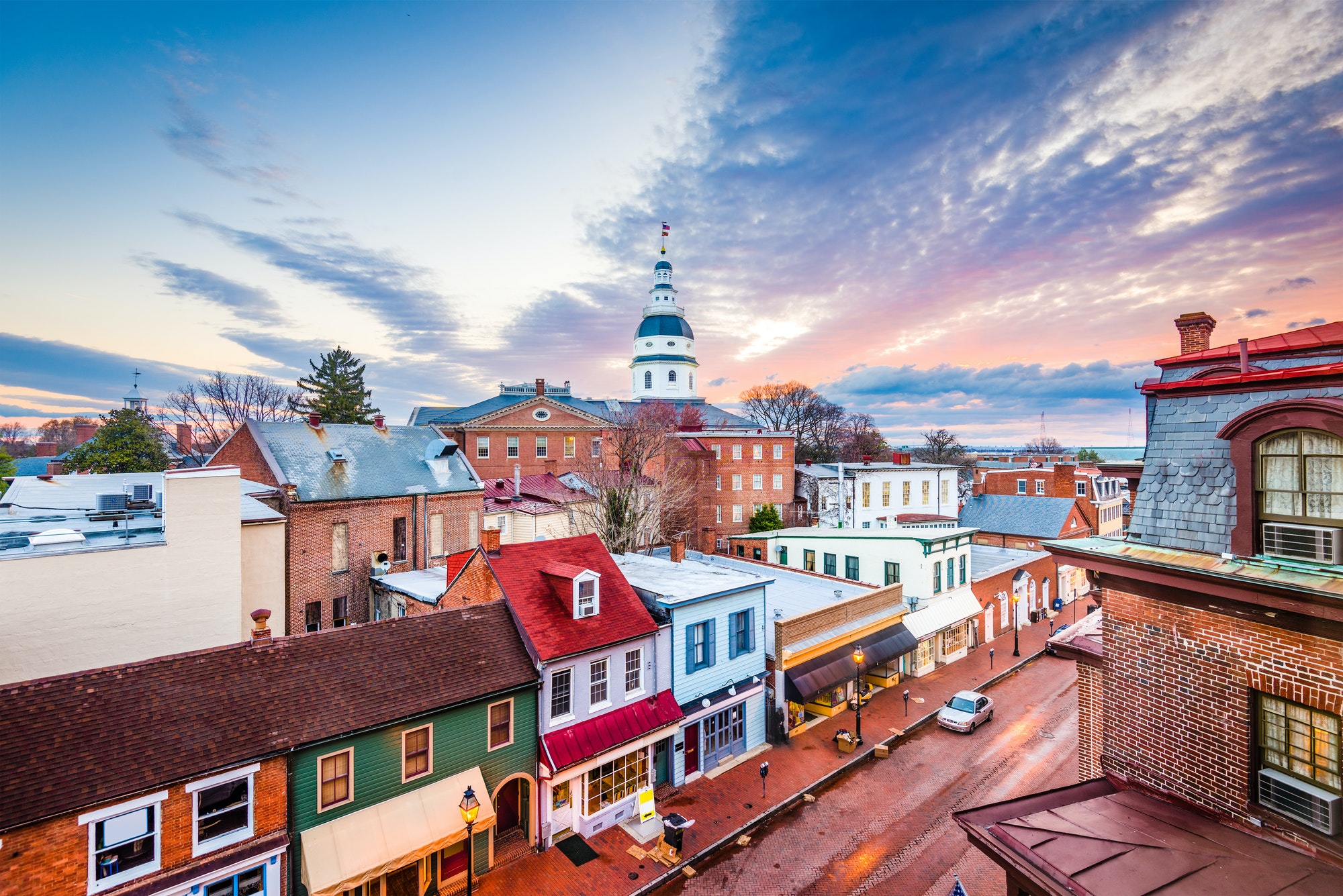 Where to Retire
Where to Retire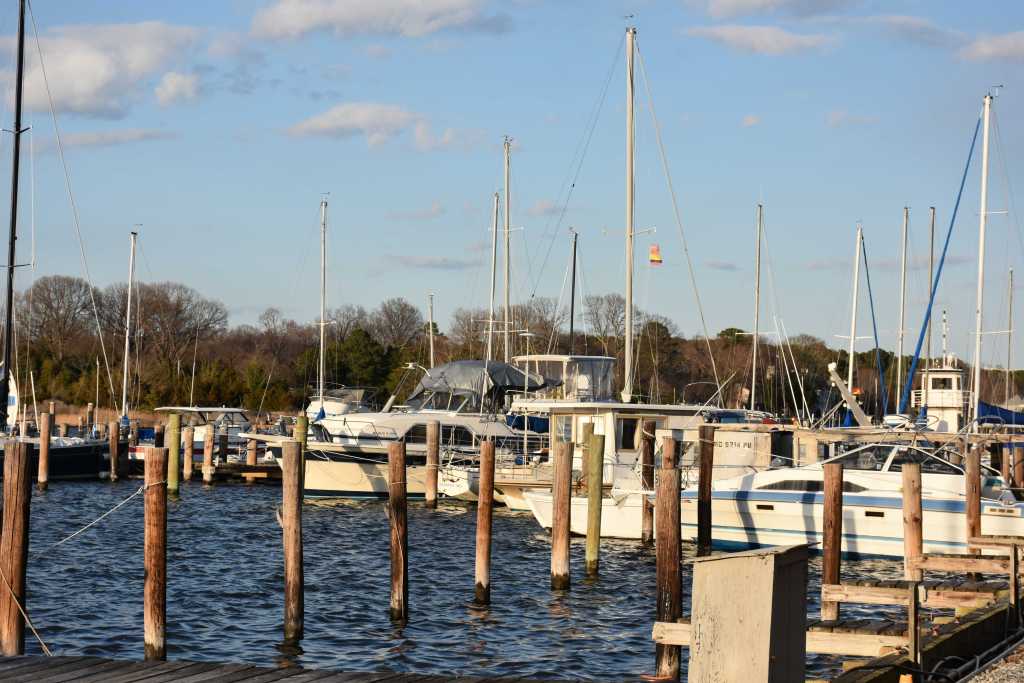 Where to Retire
Where to Retire Where to Retire
Where to Retire Where to Retire
Where to Retire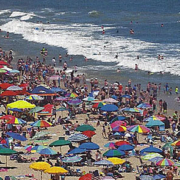 Where to Retire
Where to Retire Where to Retire
Where to Retire Dentist's Money Digest
Dentist's Money Digest Dentist's Money Digest
Dentist's Money Digest